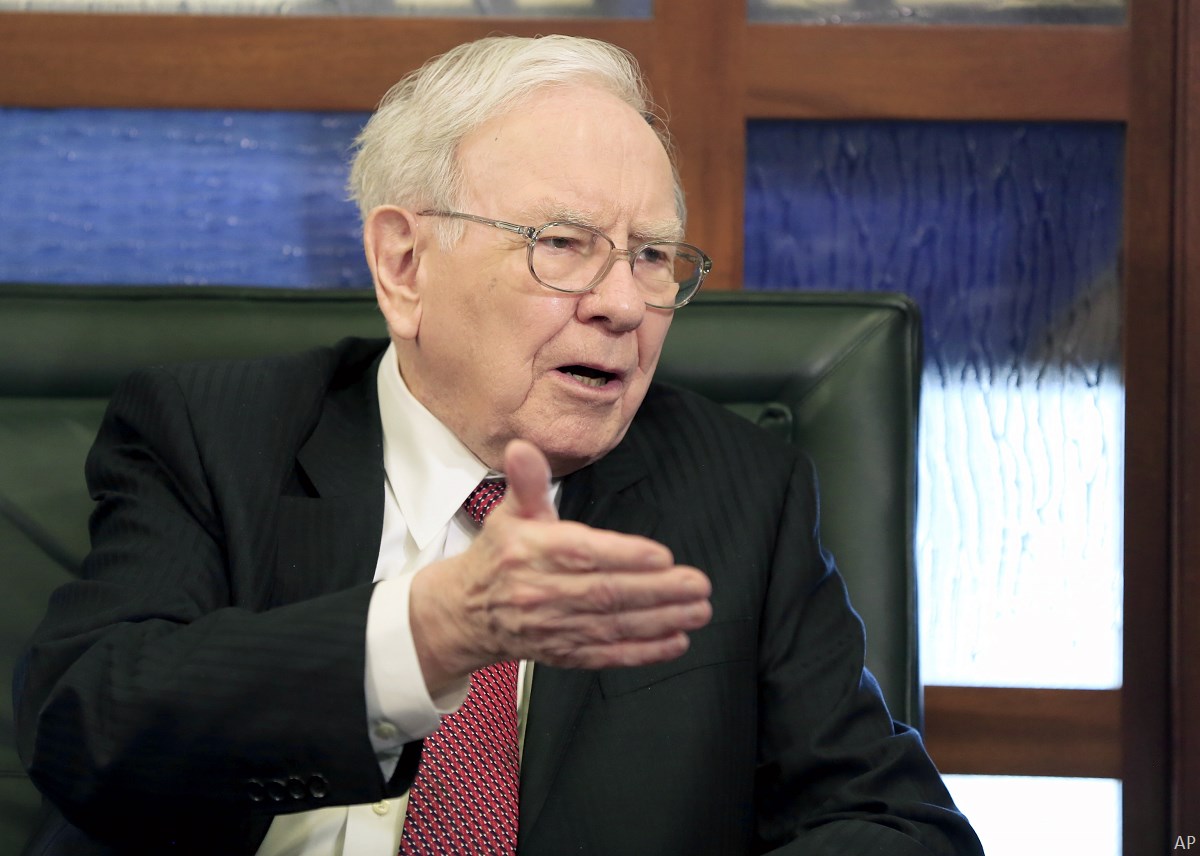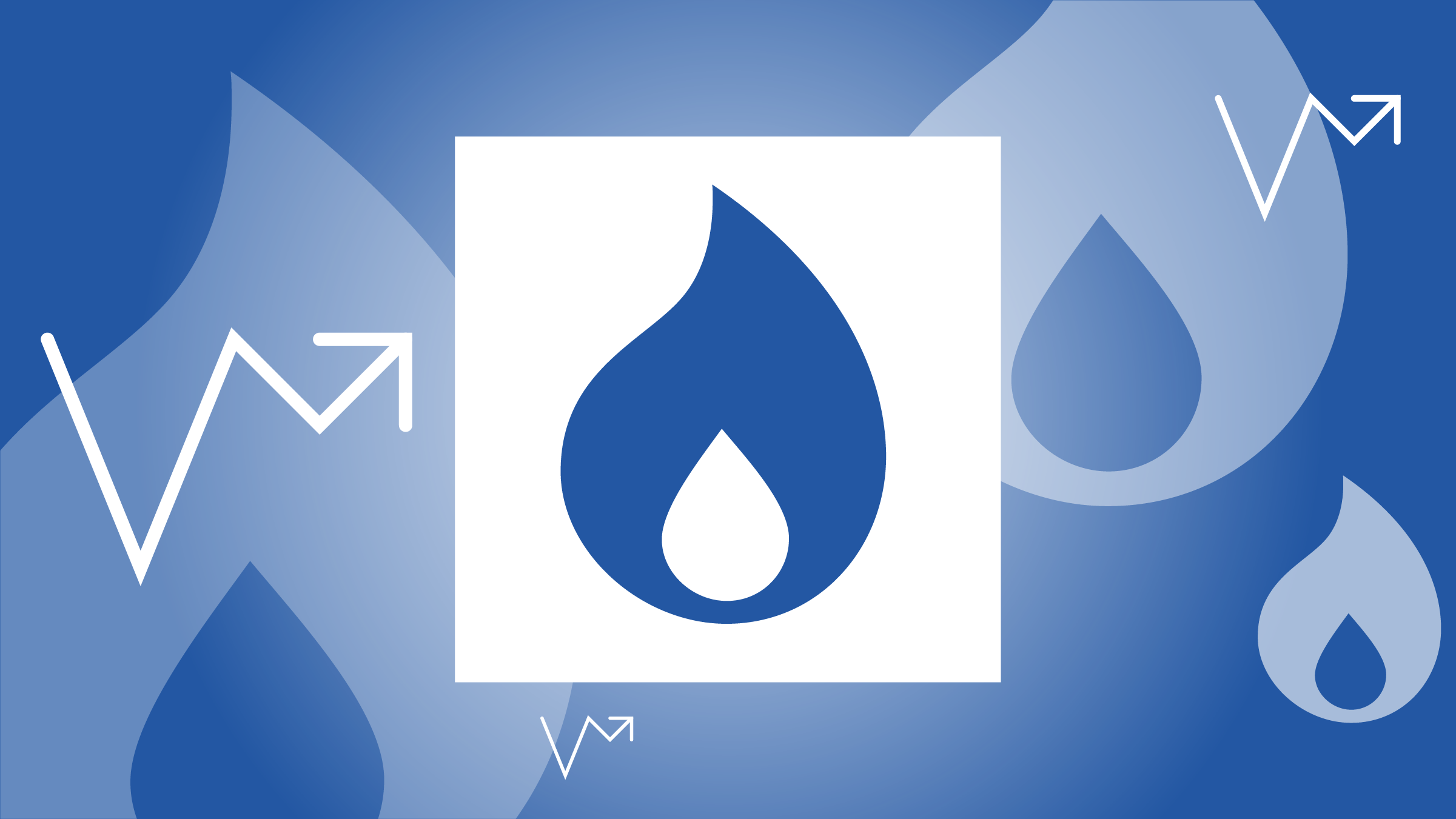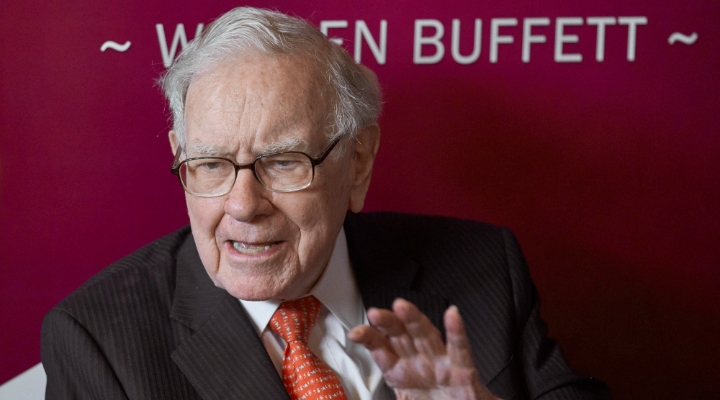
Last weekend, Berkshire Hathaway (BRK.A)/(BRK.B) chairman Warren Buffett released his annual letter to shareholders, along with the company's 2020 earnings.
Morningstar.com’s Director of Content Susan Dziubinski recapped some of the highlights of the letter. “When it comes to fixed-income investing, Buffett doesn’t pull any punches, saying that bonds are not the place to be these days, and adding that fixed-income investors worldwide--whether pension funds, insurance companies or retirees--face a bleak future,” she notes. She also pointed out that the company is investing for the long term. “Buffett has a special affinity for the Berkshire "lifers," the long-term investors who treat an investment in Berkshire as a partnership,” she said.
Buffett picked up shares of Verizon, Chevron, Marsh & McLennan, Merck, AbbVie, and RH among others. But he also sold others, like Apple, though it still remains the portfolio’s top holding by a significant margin. The team also trimmed its positions in Wells Fargo, and General Motors. Two Canadian names were among those that Buffett sold – Suncor Energy, in which he trimmed positions, and Barrick Gold, which he exited.
Here are the two stocks:
| Name | Ticker | Morningstar Star Rating |
Economic Moat | Moat Trend |
| Suncor Energy | SU | 4 | None | Stable |
| Barrick Gold | ABX | 3 | None | Stable |
Barrick Gold
After the 2018 acquisition of Randgold, Barrick Gold holds a large portfolio of mines, with more than 10 mines individually producing 200,000 ounces or more. These mines individually produce as much gold as some midtier miners' entire operations. The acquisition was strategically sound, as the addition of its large mines offset production declines in Barrick's legacy portfolio with costs at or below the company average.
We’ve updated our forecast with minimal changes to our long-term outlook. Our Canadian dollar-denominated fair value estimate falls to $20 per share from $21 due to changes in exchange rates. Our no-moat rating is unchanged, as it remains incredibly difficult for gold miners to build a sustainable competitive advantage.
Shares look overvalued to us with gold nearly 40% above our midcycle forecast. While investment demand has driven this year’s surge in the gold price, we think it’s unsustainable in the long run. Investment demand will eventually slow before becoming a source of recycling supply, driving gold prices lower. As a result, any operational improvements the company can make would be significantly overshadowed by price movements.
When it comes to gold as an investment, today’s demand is tomorrow’s supply. As real interest rates rise, we expect investment sentiment to turn. The vacuum left by investment demand won’t be filled by other categories. Growth in jewelry, the single-largest gold demand source, will slow as a combination of government initiatives and shifting preferences slow purchases among Chinese and Indian consumers despite rising incomes. We forecast midcycle gold prices of $1,300 per ounce in real terms by 2023. Gold prices are likely to decline even before the Fed raises rates. Gold prices fell from $1,700 per ounce to $1,200 per ounce in 2013, even though the first rate hike since the Great Recession didn’t occur until December 2015.
-Morningstar Analyst Kristoffer Inton
Suncor Energy
Suncor Energy is one of Canada’s leading integrated energy companies, focusing on crude oil production, refining and upgrading operations, and the marketing of petroleum products. Upstream operations are primarily focused on the development and production of the Athabasca oil sands and are supplemented with conventional crude oil that provides Suncor with access to higher world pricing. Suncor’s integrated operations help to mitigate market volatility and capture refined product pricing for the company’s crude production. However, high sustaining capital requirements result in unfavorable cost structures when compared with peers.
Like peers, Suncor faces an uphill struggle coping with lower oil prices on its upstream operations. Depressed realized prices have stalled the growth potential of Suncor’s additional oil sands assets, as proposed expansion projects still require high levels of capital spending. Unlike Canadian peers, Suncor's downstream business provides a hedge for lower oil prices and excels when differentials widen.
We are increasing our fair value estimate for no-moat Suncor Energy to $31. Our higher fair value estimate is driven by increased near-term commodity price. In our view, the market is too narrowly focused on the temporary decline in demand for refined products along with the issues plaguing the other upstream companies. We expect refinery demand to pick up when crude oil demand increases, and Suncor's integrated operations will help generate positive cash flow. Suncor’s downstream business provides stable cash flows when oil prices are low or differentials widen and hedges against the company’s upstream production. The stock still offers investors a 3.5% dividend yield in addition to the upside.
Suncor’s oil sands assets require high levels of sustaining capital and offset the benefits of refined product pricing obtained through the company’s integrated operations. In addition, bitumen produced in western Canada trades at a significant discount to West Texas Intermediate benchmark prices. After subtracting the costs of diluent, bitumen realization differentials can range from 30% to 55% when compared with WTI. Accordingly, oil sands projects require higher WTI break-even prices when compared with conventional oil projects. Full-cycle cash break-even production levels approximate $53 for Suncor’s diluted bitumen and $44 for upgraded bitumen, both of which compare unfavorably with peers.
Furthermore, oil sands development projects are situated high on the crude oil production cost curve and require extensive capital to fund growth projects. Suncor’s oil sands in situ expansion projects require capital spending that approximates $35,000-40,000 per b/d of incremental production, while oil sands mining expansion projects capital spending approximates $70,000 per b/d of incremental production. As such, total capital required to complete the Hebron and Fort Hills expansion project approximates $9.3 billion. In order for the company to generate economic profit while undertaking the growth projects, sustained WTI prices would need to exceed $70. Currently, we forecast long-run midcycle WTI prices at $55.
The combination of intensive capital requirements and the uncertainty associated with future projects hampers Suncor’s ability to generate sustainable excess returns on invested capital. As such, we project that the firm will not achieve sustainable excess returns on capital within five years and conclude that it does not possess an economic moat.
- Morningstar Analyst Joe Gemino









:quality(80)/cloudfront-us-east-1.images.arcpublishing.com/morningstar/EF4CB6K62NHHZMLNN2TIHPGOYI.png)











